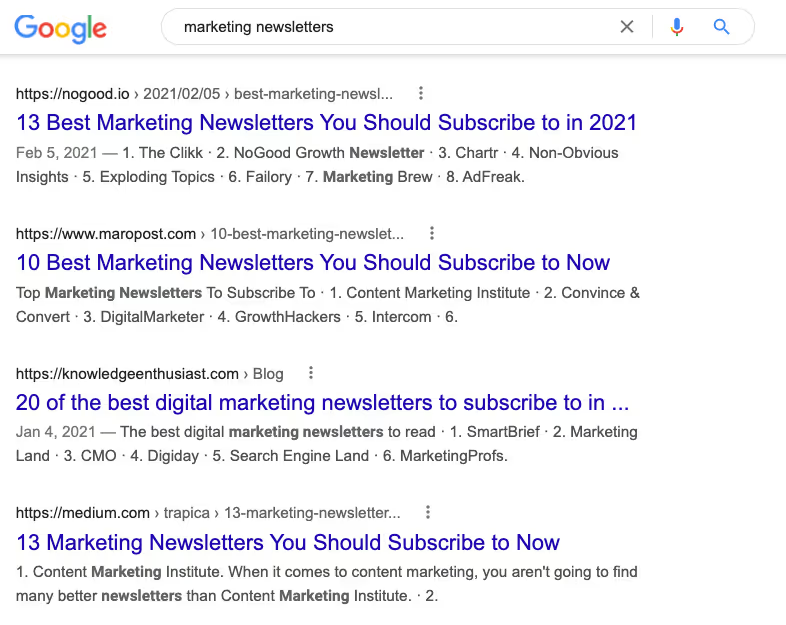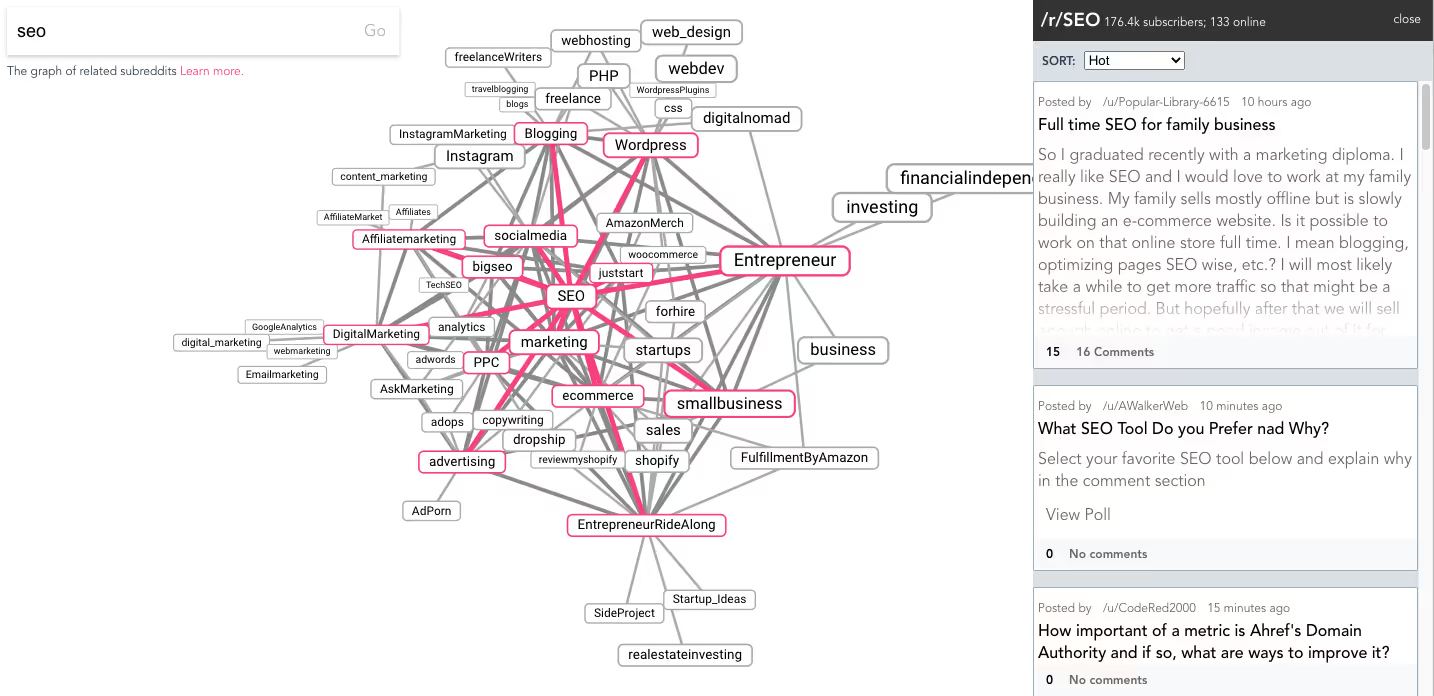
Conversation

🥳 Feedback Received!
Thanks for taking a moment to share your thoughts — it genuinely helps us make each chapter sharper.
What happens next:
- Your feedback goes straight to our product team.
- We’ll use it to refine lessons, clarify examples, and make the program even more useful.
Appreciate you helping make this program better for everyone.
Ready for your next challenge? 👇
Project: Content Distribution
This project is designed to help you find and prioritize potential distribution channels for your content.
As discussed in our Content Distribution section, you can promote content on both owned and acquired channels. We’ll walk you through each category.
To get started, make a copy of our content distribution worksheet.
Phase 1: Owned channels
We’ll start by looking at your owned distribution channels.
Open the Owned tab in the content distribution worksheet. This tab provides a high-level overview of your owned channels. That includes:
- Your brand’s social media accounts
- Your company newsletter
- Your personal social media accounts
- Your personal newsletter
- Partners—any relationships you or your brand has with other companies or influencers
Fill in the number of followers and subscribers for each channel, as well as its URL. Then consider which channels have the strongest following.
As discussed in our Content Distribution section, we’ve observed that companies tend to get faster distribution results by leveraging existing brand relationships and channels with high user affinity.
For our example, we used the marketing analytics consulting company Trust Insights. Looking at Trust Insights and its founders’ owned channels, it’s clear that the founders have a stronger social media presence on their personal accounts than on Trust Insights’ accounts. In this case, it makes sense to prioritize content distribution on these owned personal channels first.
Phase 2: Acquired channels (Sponsored posts)
Next, we want to amplify and expand our reach by tapping into acquired channels, which include other publishers and communities.
Our worksheet has two tabs for this category:
- Acquired (Sponsored posts): Use this to track sponsored website and newsletter placements.
- Acquired (Communities): Use this to track online communities relevant to your industry.
We’ll start with the Acquired (Sponsored content) tab.
Sponsored content
We use the term “sponsored content” to describe a type of paid acquisition that resembles a publisher’s editorial content. Unlike traditional ads, sponsored content isn’t necessarily focused on making a hard sell; it tends to be educational in nature. This might be a brief newsletter segment or a blog post on a website that publishes news about your industry.
A few examples:
- HelloFresh sponsored a listicle titled “12 Things That Will Make Every Parent Scream 'We Don’t Have Time'” on BuzzFeed.
- Fidelity Investments partnered with Morning Brew to create Fresh Invest, a podcast series about investing.
- The sales software tool timetoreply sponsored an educational segment about response time in theCLIKK’s newsletter.

The most effective kinds of sponsored content are those that actually reach your target audience. Given this, you should consider what websites and newsletters your target users regularly visit or subscribe to. For example, a B2B software company might look for sponsored content opportunities with a website like FastCompany rather than BuzzFeed.
You may already know major websites and newsletters in your niche. To quickly find out whether a specific site allows sponsored content, try a site search on Google with phrases like “advertise with us.” For example, to see if FastCompany offers sponsored content opportunities, you could Google:
site:fastcompany.com “advertise with us”
site:fastcompany.com “sponsored content”

As for newsletters in your niche, take a look at past issues to find out whether they have advertising opportunities; and if so, how their sponsored content actually appears in the email.

To find other relevant newsletters, Google your niche and “newsletters.” Lists of the top newsletters may appear, like so:

Even if publishers don’t outright say they allow sponsored content, it’s always worth reaching out to ask.
When you find a relevant site or newsletter that allows sponsored content, enter their details in the Acquired (Sponsored content) tab. Use this tab to compare different publishers—most will often give you details about their readership and engagement.
Phase 3: Acquired channels (communities)
In the content distribution spreadsheet’s Acquired (Communities) tab, we’ll focus on finding relevant online communities you can promote your content in.
You’ll need to do some digging to find these communities. This means manually searching for topics your product relates to across different platforms, like Facebook and LinkedIn. However, you should also consider:
- Quora: Quora organizes content by topic, letting users follow each topic so they can see the latest questions and answers in each. Follow key topics related to your industry and make note of relevant questions that you can answer with a natural, non-promotional link back to your content.
- Reddit: There are probably one or two obvious subreddits related to your niche. Use Sayit to find related subreddits based on where users are posting. For example, entering “SEO” reveals an overlap with subreddits focused on social media, affiliate marketing, and WordPress.

- Slack: Quality Slack communities can be hard to find. Oftentimes, general purpose groups devolve into spammy, self-promotional groups without genuinely engaged members. Niche groups with active moderators tend to have the most potential for meaningful content promotion. To find these groups, ask around your network to find out what communities people are in. Also look through this Airtable of niche Slack communities.
Record relevant forums and communities in the Acquired (Communities) tab. Sign up or apply to join the ones where your target audience might be—then repurpose your content for sharing in them. Remember to be mindful of each community’s rules and culture; you should avoid coming off as sales-y or overly promotional.
Phase 4: Track distribution efforts
With so many distribution channels for promoting your content, it’s easy to lose track of which ones you’ve already shared your content on. Use this checklist to keep track of your distribution efforts. This will help avoid coming across as spammy to publishers and communities.


